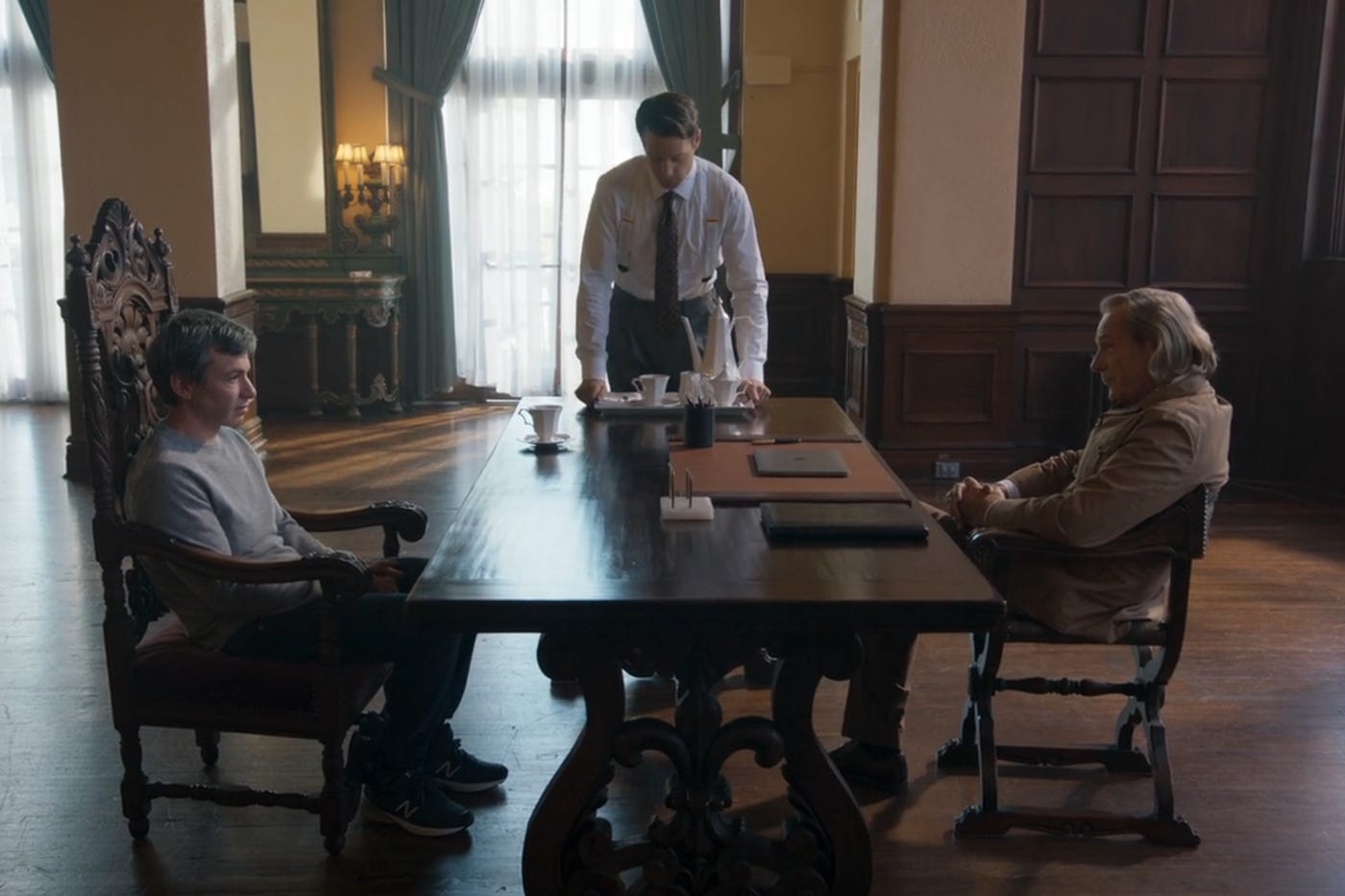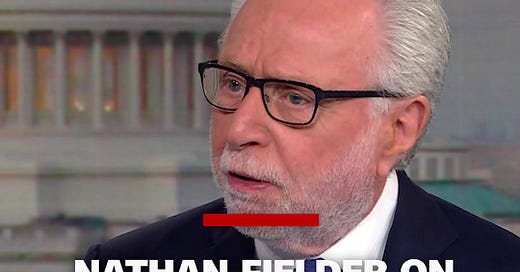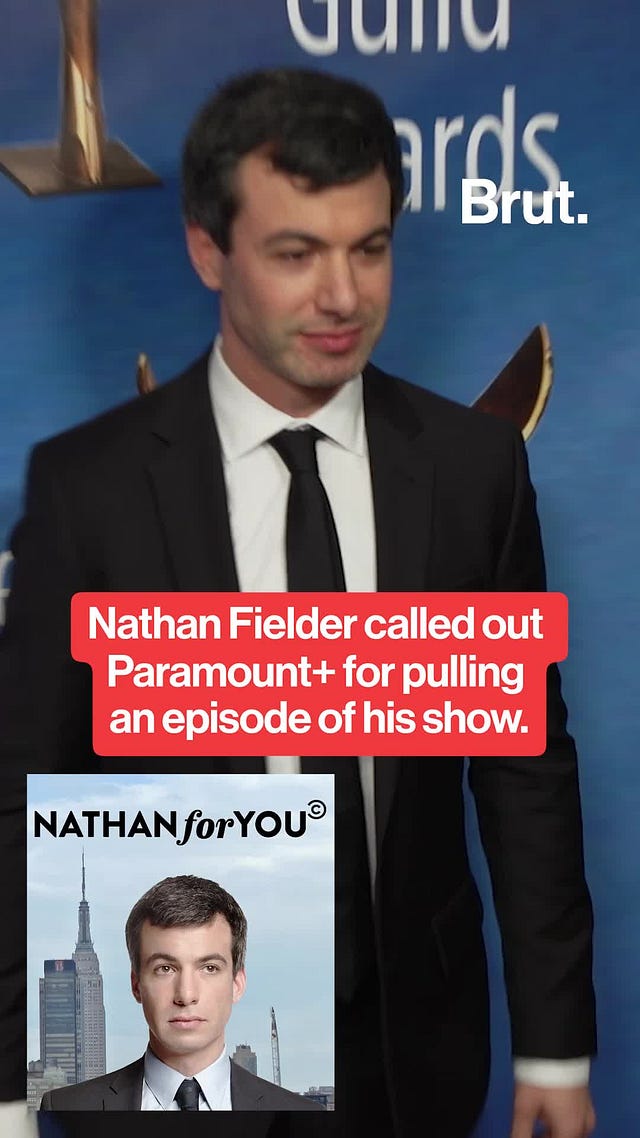“Thanks for Applying. We Regret to Treat You Like a Person.”
When a Fake Singing Show Does Better Than Real Companies
In The Rehearsal, Season 2, Episode 2 (“Star Potential”), Nathan Fielder orchestrates an elaborate, absurd stunt. It’s a fake singing competition called Wings of Voice, set in a mock airplane cockpit, judged by airline employees. People sing royalty-free anthems like “Amazing Grace” in front of other aviation staff who’ve been told: “This is your chance to evaluate.”
It’s weird. It’s awkward. And it’s perfect. And the winner of the fake contest was recently featured on Jimmy Kimmel Live!
However, the show isn’t really about singing; it’s about rejection.
Fielder is training co-pilots to say “no.” Not just in the show, but in real life, being too afraid to challenge the captain can crash a plane. He uses the karaoke contest as a safe rehearsal space to practice confronting power, delivering hard truths, and managing social discomfort.
Most people have no idea how to reject someone without either ghosting them or crushing their feelings.
And honestly? That’s most companies. That’s most RFPs, most job searches, that’s the gig economy wrapped in LinkedIn politeness.
My Real-Life RFP Rehearsal (With No Callback)
Not long ago, I spent over 20 hours crafting a proposal for a nonprofit I respected. A marketing and communications strategy with real solutions to their real challenges.
The feedback?
“Thank you for your submission. We received many strong proposals and have decided to move forward with another provider. We wish you the best.”
That’s it. No feedback. No acknowledgment of the effort. No sense of what the winning proposal did differently. Just a generic cut-and-paste.
I followed up politely, asking if they could provide any insight. I wasn’t challenging the decision; I wanted to learn from it, maybe even be considered again, and received nothing back.
Wings of Voice: The Rehearsal That Should’ve Been Real
Back on Nathan’s fake flight deck, the fake judges flail (remember these are real pilots who might fail like this with your lives in their hands). One contestant who isn’t cutting it is let through, because no one wants to hurt his feelings. Later, he’s cut abruptly. One woman breaks down crying outside.
This isn’t satire for satire’s sake. It’s a lesson in emotional cowardice.
Fielder shows what happens when rejection is delayed, sugarcoated, or silenced: it gets worse. The tension builds. Hope festers. The eventual letdown feels personal, even if it wasn’t meant to be.
So he does what companies won’t: he builds the rejection process. He scripts it. He rehearses it. He tests its emotional fallout. And it still hurts, but it hurts honestly.
Then Comes the Real Punch: Summit Ice Gets Wiped
That same episode contains something darker.
Fielder reveals that Nathan for You’s “Summit Ice” episode, where he created a real company to raise Holocaust awareness, was quietly pulled from Paramount+.
Why? Paramount+ (via its German division) claimed the episode was “too sensitive” in the aftermath of the Israel-Hamas conflict.
Let that sink in: A Jewish comedian satirizing performative corporate activism around genocide got pulled… because of corporate discomfort with genocide-adjacent content.
So, as any reasonable person would do, Fielder stages a fake German office. It’s styled like a Nazi HQ, complete with banners and cold lighting. He role-plays conversations with Paramount execs who never gave him one in real life.
It’s absurd. It’s damning. And honestly, it’s exactly what most organizations need: a rehearsal in how to handle criticism and rejection with some baseline maturity. Or, at the very least, how to close the loop with the person who poured their time, talent, and integrity into a project, only to see it quietly erased under vague, unexplained criteria.

How Companies Could Be Like Humans
Here’s what the rejection email I got looked like:
“We regret to inform you…”
Here’s what it could’ve said:
“Thank you for the time and clarity you brought to your proposal. We’ve chosen to move forward with another provider who offered specific experience in X. That said, we valued your approach to Y and would welcome a future conversation.”
Just two sentences of honest context can preserve a relationship. That’s the difference between ghosting and grace.
A Rubric for RFPs That Respect People
In academia, a rubric is a structured tool used to evaluate work against a standardized set of criteria. It breaks down complex tasks, such as essays, presentations, or research, into clear, measurable components. Students know what’s expected. Instructors know how to stay consistent. And most importantly, decisions can be explained, not left to guess.
It’s a fairness framework.
So why do we forget all this in the professional world? Especially in high-stakes processes like RFPs, where real people invest real time trying to earn real work? Why would someone submit to an RFP if they had no idea on what basis they would be evaluated and how? I know why: people are hopeful and optimistic that those running the RFP have the skills to evaluate, but unfortunately, often they don’t.
Most RFPs are treated like a black box: vague criteria, mysterious timelines, generic rejections. That’s not just inefficient, it’s inequitable. It rewards insiders, favors those who can afford to gamble their time, and silences the feedback loops that would improve everyone.
A rubric doesn’t guarantee perfection, but it does make bias easier to spot and accountability harder to avoid.
That’s why I’ve adapted the academic approach to create a rubric for RFPs. If we expect thoughtful and professional proposals, we should offer thoughtful and professional evaluation in return.
This isn’t just about being nice. It’s about raising the bar for how organizations show up in the selection process, especially when they say they care about equity, transparency, or impact. You can easily adapt the criteria to include the specifics of your assignment.
You can download and use this rubric here.
Rejection Is a Skill
Nathan Fielder built a fake show to teach people how to say no.
Real organizations can’t even send a decent email.
That tells you everything.
Rejection is part of life. It doesn’t have to be cruel. It doesn’t have to be vague. It doesn’t have to disappear into legalese.
It can be honest. It can be kind. It can even be the beginning of something else.
Just don’t make people sing for you and then pretend they were never in the room.
✍️ Support the Writer (That’s Me)
Everything you just read? It happened to me.
I poured 20+ hours into an RFP I believed in, got a generic rejection, asked for honest feedback, and got silence. So I did what I do: I turned the experience into something useful, something bigger than just my frustration.
This writing is a way for me to process, push for better standards, and yes, still try to earn a living. A company does not back me. I’m a working creative and strategist with a family to support and a deep belief that the marketing world can do better.
If this resonated, if you see the value in work that calls things out with care, clarity, and conviction, consider:
👉 Leaving a tip
or
👉 Becoming a paid subscriber
It’s not just support. It’s solidarity. And I appreciate it more than you know.
🧭 Compass Disclosure
Here’s where I show my work—because unlike some RFP processes, I believe in clarity.
Referenced Media:
📺 The Rehearsal, Season 2, Episode 2 “Star Potential” by Nathan Fielder (HBO / Max)
Watch here (subscription required)📖 “Nathan Fielder Turns Paramount+ Into Nazi Germany” by Hershal Pandya, Vulture, April 28, 2025
Read on Vulture📖 “The Rehearsal’s Latest Episode Makes a Very Dark Joke. But It Doesn’t End There.” by Sam Adams, Slate, April 28, 2025
Read on Slate
Tools You Can Use:
🧾 Download the RFP Rubric – Use it, adapt it, or just see what fairness looks like in table form.







